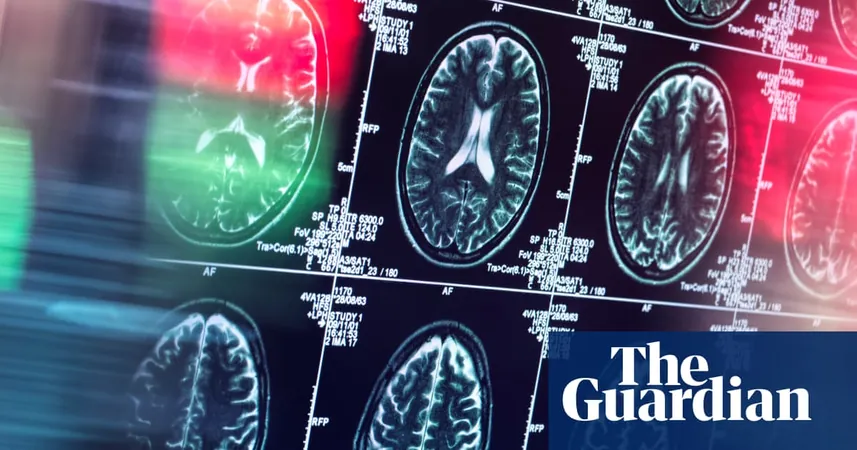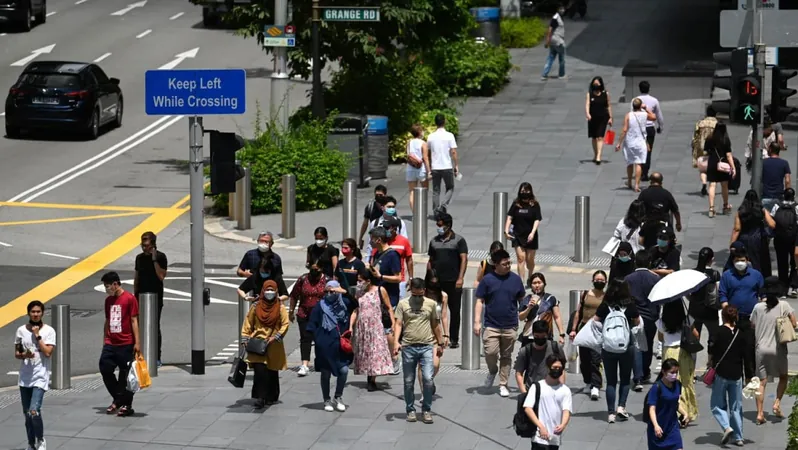
Breakthrough Study Reveals Unique Brain Patterns in Youth with Severe Depression, Paving the Way for New Treatments
2024-09-24
A groundbreaking study has uncovered remarkable differences in brain connectivity between young individuals suffering from severe depression and their healthy peers, highlighting new potential targets for innovative brain stimulation therapies tailored specifically for the youth demographic. Published in *Nature Mental Health*, this research could revolutionize how depression is treated in younger patients aged 12 to 25.
Led by the University of Melbourne, the research analyzed brain scans from 810 participants, including 440 diagnosed with major depressive disorder (MDD) and 370 healthy individuals. The findings indicate that the brain's communication pathways in depressed youths are distinct from those observed in adults, suggesting that existing treatment protocols may not be suitable for younger patients.
Professor Andrew Zalesky, who supervised the study, noted that certain core regions of the brain, known as hubs, showcased both stronger and weaker connections specific to those with MDD. Alarmingly, the default mode network—this area is responsible for self-reflection and internal thoughts—was found to be hyperactive in depressed youths, leading to excessive rumination and negative self-talk.
One of the key highlights of the study is its ability to predict the severity of depression symptoms based on the brain connectivity patterns observed. This correlation offers a promising avenue for personalized treatment strategies, especially for younger patients who may not respond well to traditional antidepressant medications.
An exciting aspect of the research involves its extensive methodology, pooling data from previous studies across six countries, including Australia, China, the UK, and the US. This collaboration marks it as the most comprehensive investigation into the brain's circuitry related to youth depression to date.
While brain stimulation therapies such as transcranial magnetic stimulation (TMS) have been used effectively in adults, they are seldom applied to younger individuals due to the lack of understanding regarding their unique brain functionality. Zalesky emphasized that the assumption of similar circuit disruption in youths may not hold true, calling for a more refined approach. For example, while adults exhibited mixed results in connection with certain networks, youths showed a strong link between their ability to discern relevant information and their depression.
Despite these promising findings, researchers stress that caution is warranted. Dr. Hollie Byrne from the University of Sydney, who wasn’t involved in the study, urged that there's no “one-size-fits-all” solution for depression management. Currently, neuro-modulatory treatments should be integrated with other therapeutic methods in a comprehensive care plan tailored to each individual.
Dr. Stevan Nikolin, a neuroscience fellow at the Black Dog Institute, remarked that the study broadens our understanding of MDD specifically in adolescents and young adults, indicating that targeted brain therapies could soon become a vital component of treatment.
However, the study isn't without its limitations. The research primarily examines participants at one point in time, and further trials are imperative to validate the safety and effectiveness of these brain stimulation therapies for young people.
This study represents a vital step forward in addressing the complexities of mental health in youths, potentially transforming the landscape of depression treatments. As research progresses, the hope is to develop custom therapies that cater specifically to the unique needs of younger individuals battling depression—ushering in a new era of personal and effective mental health care.


 Brasil (PT)
Brasil (PT)
 Canada (EN)
Canada (EN)
 Chile (ES)
Chile (ES)
 España (ES)
España (ES)
 France (FR)
France (FR)
 Hong Kong (EN)
Hong Kong (EN)
 Italia (IT)
Italia (IT)
 日本 (JA)
日本 (JA)
 Magyarország (HU)
Magyarország (HU)
 Norge (NO)
Norge (NO)
 Polska (PL)
Polska (PL)
 Schweiz (DE)
Schweiz (DE)
 Singapore (EN)
Singapore (EN)
 Sverige (SV)
Sverige (SV)
 Suomi (FI)
Suomi (FI)
 Türkiye (TR)
Türkiye (TR)